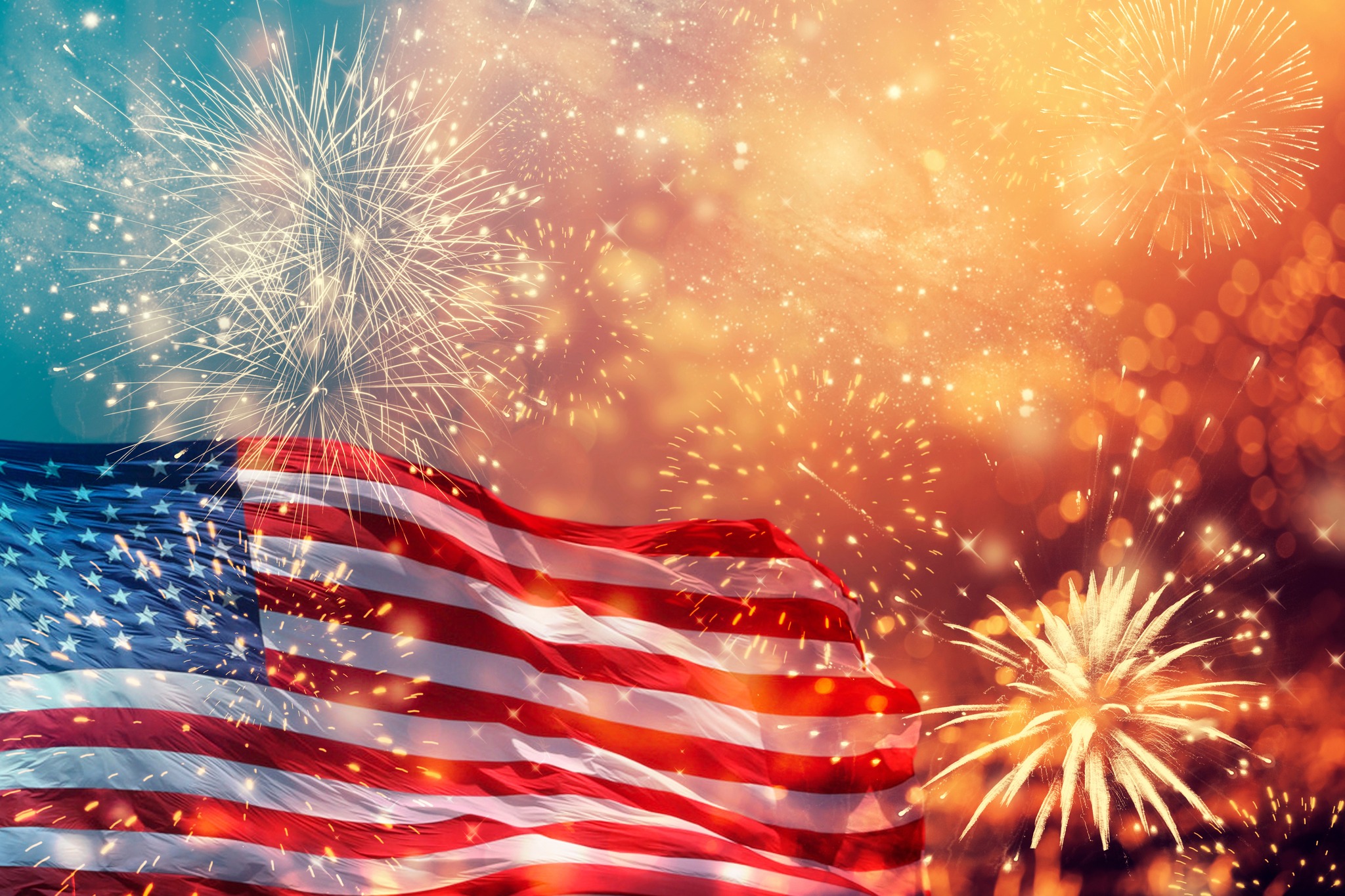Fireworks Safety Tips
Summer is synonymous with barbecues, parades, and fireworks. While the season offers a lot of fun and celebrations, safety should always remain at the forefront of everyone’s minds. The National Safety Council (NSC) advises everyone to enjoy fireworks at public displays conducted by professionals, and not to use any fireworks at home. They may be legal in some areas — but they are not safe.
In 2017, eight people died and over 12,000 were injured badly enough to require medical treatment after fireworks-related incidents. Of these, 50% of the injuries were to children and young adults under age 20. Over two-thirds of injuries took place from June 16 to July 16. While the majority of these incidents were due to amateurs attempting to use professional-grade, homemade, or other illegal fireworks or explosives, an estimated 1,200 injuries were from less powerful devices like small firecrackers and sparklers.
Additionally, fireworks start an average of 18,500 fires each year, including 1,300 structure fires, 300 vehicle fires, and nearly 17,000 other fires.
If consumer fireworks are legal to buy where you live and you choose to use them, be sure to follow the following safety tips:
- Never allow young children to handle fireworks
- Older children should use them only under close adult supervision
- Never use fireworks while impaired by drugs or alcohol
- Anyone using fireworks or standing nearby should wear protective eyewear
- Never hold lighted fireworks in your hands
- Never light fireworks indoors
- Only use fireworks away from people, houses, and flammable material
- Never point or throw fireworks at another person
- Only light one device at a time and maintain a safe distance after lighting
- Never ignite devices in a container
- Do not try to re-light or handle malfunctioning fireworks
- Soak both spent and unused fireworks in water for a few hours before discarding
- Keep a bucket of water nearby to fully extinguish fireworks that don't go off or in case of fire
- Never use illegal fireworks
Additionally, sparklers can be a dangerous activity. Sparklers burn at about 2,000 degrees — hot enough to melt some metals. Sparklers can quickly ignite clothing, and children have received severe burns from being too close to a lit sparkler — and from touching and dropping sparklers on themselves. According to the National Fire Protection Association, sparklers alone account for more than 25% of emergency room visits for fireworks injuries. For children under 5 years of age, sparklers accounted for nearly half of the total estimated injuries. Consider using safer alternatives, such as glow sticks, confetti poppers, or colored streamers.
Credit: National Safety Council
Learn more about HazTek Safety & OSHA Training.
